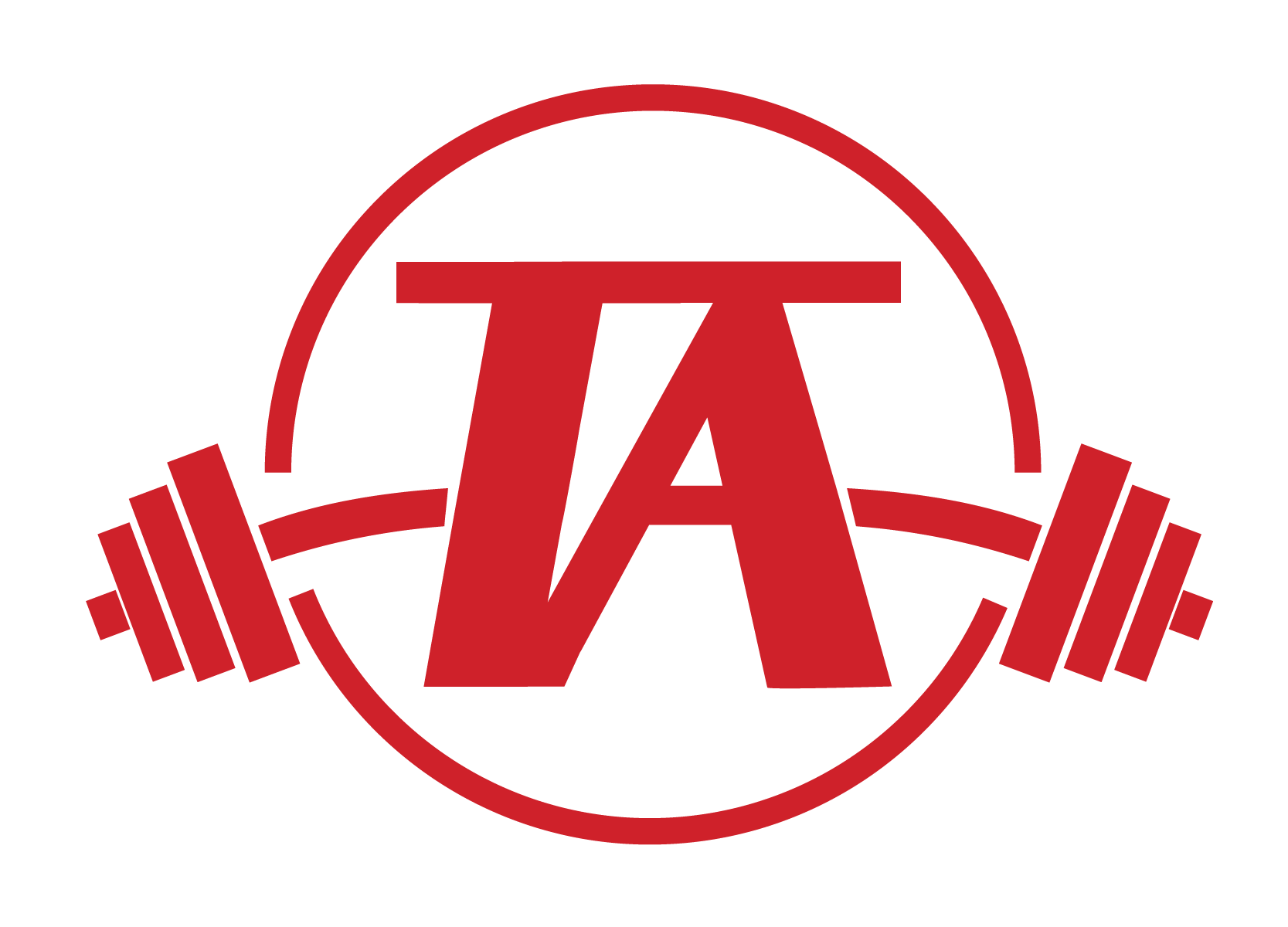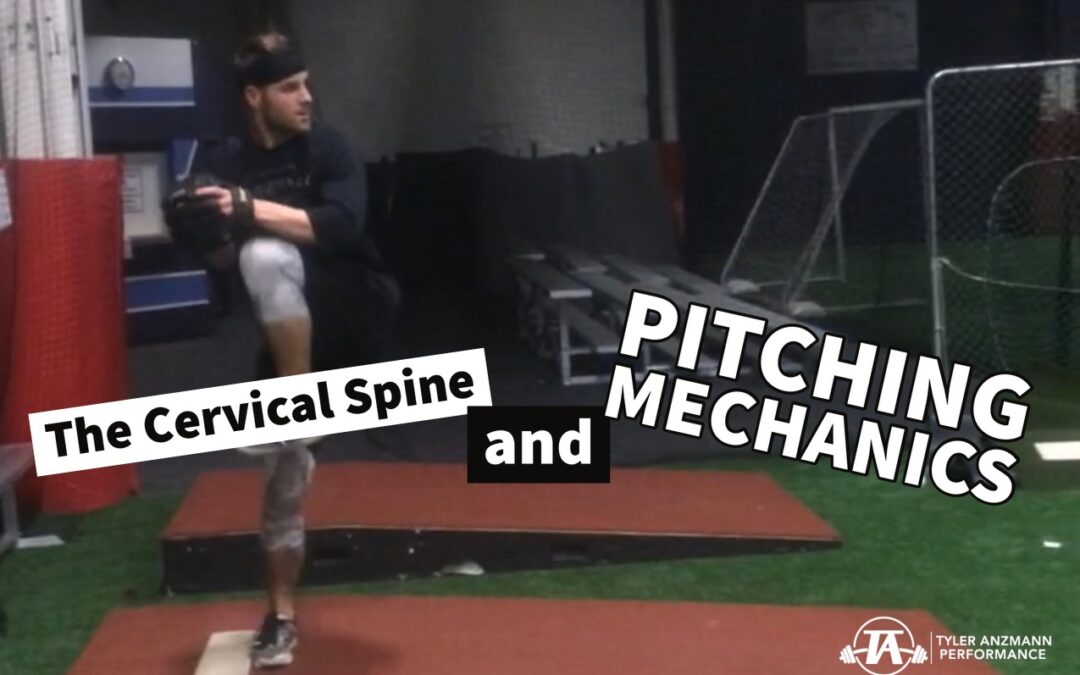When health and performance are discussed in baseball circles, the elbow and shoulder are almost certainly the first body parts that are brought up. This is with good reason as injuries to these areas can have a significant impact on availability, career progression, and ultimately how much money someone can earn. However, one of the often-neglected body parts that can have a significant impact on throwing performance and athlete health is the cervical spine.
Measures such as grip strength, external and internal rotation strength, shoulder and elbow ROM tests have all been used in an attempt to predict injury risk. While these are worthwhile measures, since the throwing motion is a chain, it is important that other body segments are examined as well when it comes to performance limitation and injury risk. Restrictions in terms of range of motion (ROM) at the cervical spine can have significant performance and health implications in overhead throwers.
Anatomy and Range of Motion
The cervical spine is comprised of 7 vertebrae, denoted as C1-C7, beginning at the base of the skull, and terminating at the first rib. Each vertebra has two facets which articulate with the facet above and below, meaning there are quite a few joint surfaces in the cervical spine. Between each vertebra there is a disc which acts to counteract a variety of forces-compression, tension, and shear. These discs also allow space between the vertebrae so that nerves can pass through, with a total of 8 nerve roots in the cervical spine. Postural and movement abnormalities can cause issues with pain and performance as discussed below.
One of the main tests that is performed for cervical mobility is a flexion-rotation test. This can be performed as a self-test or with the assistance of an experienced practitioner.
One of the few studies examining cervical mobility and function as it relates to the health of throwers found that athletes who had less than or equal to 39 degrees of ROM of flexion-rotation were 9x more likely to miss time during the season (Howe and Blagrove, 2015).
When ROM is restricted in one region it requires that range to be increased elsewhere. In the case of the cervical spine, restrictions in upper cervical ROM, requires increased movement at the mid cervical region which may reduce the space for nerve roots which can lead to decreased movement competency at the shoulder (Devaney et al., 2020).
Technical Proficiency and the Cervical Spine
So, how does cervical spine mobility affect the technical aspect of throwing?
Throwing is a complex movement pattern that requires significant mobility and strength through deep ranges of motion. If we examine a few of the important upper body mechanical elements, we get an idea of this complexity.
Layback
During layback the thoracic spine must extend, the scapula must posteriorly tilt, and the glenohumeral joint must externally rotate. Depending on postural restrictions or abnormal resting positions, these ROMs may become even harder to access. For example, if thoracic extension is restricted then scapular posterior tilt is likely to be as well (Howe and Blagrove, 2015). The same is true of the cervical spine.
Scapula kinematics can be disrupted by cervical position as seen in the study by Thigpen et al. In this study, subjects with increased forward head posture showed greater anterior tilt of the scapula during overhead tasks. This is important as not only can it restrict layback (performance) it can also increase the risk for subacromial impingement (health). These same individuals also showed reduced serratus anterior activation, so the cervical spine can also have an impact on muscle activation (Thigpen et al., 2010).
Hip/Shoulder Separation
Hip/shoulder separation is another well-known piece to the throwing mechanics puzzle and helps to maximize the elastic return that can be achieved during torso rotation, and increase torso rotational angular velocity, which has been shown to have a positive impact on ball velocity (Stodden et al., 2001). In order to reach and move through the relatively deep positions that are required to maximize the elastic return and angular velocity, the first two pieces that are often examined are hip and thoracic mobility. This makes sense as limitations in hip internal rotation or thoracic rotation to the arm side can be contributing factors to reduced hip/shoulder separation. However, the cervical spine can also play a role.
During counter rotation there is a significant demand on cervical rotation. If we use a golf swing as a proxy for throwing (since there is data available here), more than 70 degrees of cervical rotation is required to both sides (Rose, 2013). If the cervical spine is not able to rotate to this degree, torso counter rotation may be limited, torso rotation may occur too early (which has been shown to reduce torso rotational angular velocity), and the vestibular system may be disrupted. If this happens the body may be thrown off balance and output may be reduced.
Upward Rotation
In order for the arm to move well it must be elevated to shoulder height or just above the shoulder. This allows the pec to contribute to pulling the arm through, as its line of pull is at about 90 degrees. Since the pec is one of the two main accelerators of the arm, this is extremely important. Additionally, heading into and through ball release, the demand for upward rotation is also significant. If upward rotation and protraction are inadequate at and through ball release, distraction forces at the shoulder may cause more significant problems as the rotator cuff and biceps will have to do even more work to keep the ball on the socket due to the reduced scapular motion. Also, if upward rotation is restricted compensatory motion is likely to occur elsewhere, which means compression at the subacromial space due to the humeral head moving more superiorly. In athletes with forward head posture or poor cervical mobility, upward rotation can be restricted and cause the problems above.
Lifestyle Factors
Prior to any interventions being introduced, lifestyle factors should be examined so that changes can be made to daily life, as well as training.
Sleep Position
One important lifestyle factor to consider is the position in which you sleep. Sleeping with the arms overhead can increase scalene and upper trap activity (Lee and Ko, 2017). This can be problematic if these muscles are already show increased tone. Additionally, sleeping prone with the head turned to one side can lead to restrictions and discomfort in the scalenes. While there isn’t a ton of research to point to an ideal sleeping position for everyone, supine and side-lying, supported positions seem to have the most anecdotal support for minimizing cervical spine symptoms.
Pillow Height
As with sleep position, there is limited research in this area, but the limited evidence does seem to point to back-sleepers using smaller pillows and side sleepers using slightly larger ones. The main thing is to maintain the natural curve of the cervical spine and support the weight of the head.
Screen Viewing/Resting Posture
With screen viewing being nearly constant, how you view those screens is an important consideration. Hanging out in forward head posture can lead to pain and changes in cervical ROM. Being conscious of the position you’re living your life in just makes a lot of sense, as you’ll spend much more time outside of training, so adjustments there can hold a lot of weight.
Breathing Mechanics
How you breathe has important implications on performance. The mode of breathing (nasal vs mouth) can change nervous system activation (parasympathetic vs sympathetic), activate different muscles (diaphragm and external intercostals vs SCM, scalenes, and other accessory breathing muscles). If you’re always breathing through your mouth, cervical spine discomfort and limitations may be a consequence as both a result of sympathetic activation (shoulders shrugged up, jaw clenched, etc.) and the increased use of the accessory breathing muscles. Make a conscious effort to breathe nasally for the majority of your day.
Lifting Considerations
Maintaining a packed neck position (double chin, chin pulled back toward throat) during lifting can have an impact on the lift itself and cervical mobility going forward. Research suggests that a packed neck position can enhance muscle activation elsewhere and trunk stability (Hlavenka et al., 2017).
Practical Application
If you’re restricted as shown through the cervical flexion-rotation test there are a few ways you can attack these limitations, but first it’s important to understand what may be limiting cervical rotation. A few of the muscles that should be examined are the levator scapulae, upper trapezius, and sternocleidomastoid. If any of these muscles feel especially tender, or hypertonic, some of that tone can be minimized by some basic releases prior to any of the mobilization strategies that will be undertaken later.
Upper Trap Release
Levator Scapula Release
SCM Pin and Stretch
Credit to Eric Cressey for this video.
Once any necessary releases have been performed some mobility drills can be employed and progressed as needed. Credit to TPI and SFMA for these drills and progressions.
Conclusion
The cervical spine is a complex region of the body that can require more care and attention than it often gets. If shoulder and elbow pain are an issue for you or your athletes it is likely worth examining cervical spine ROM and providing interventions or referring out where required.

